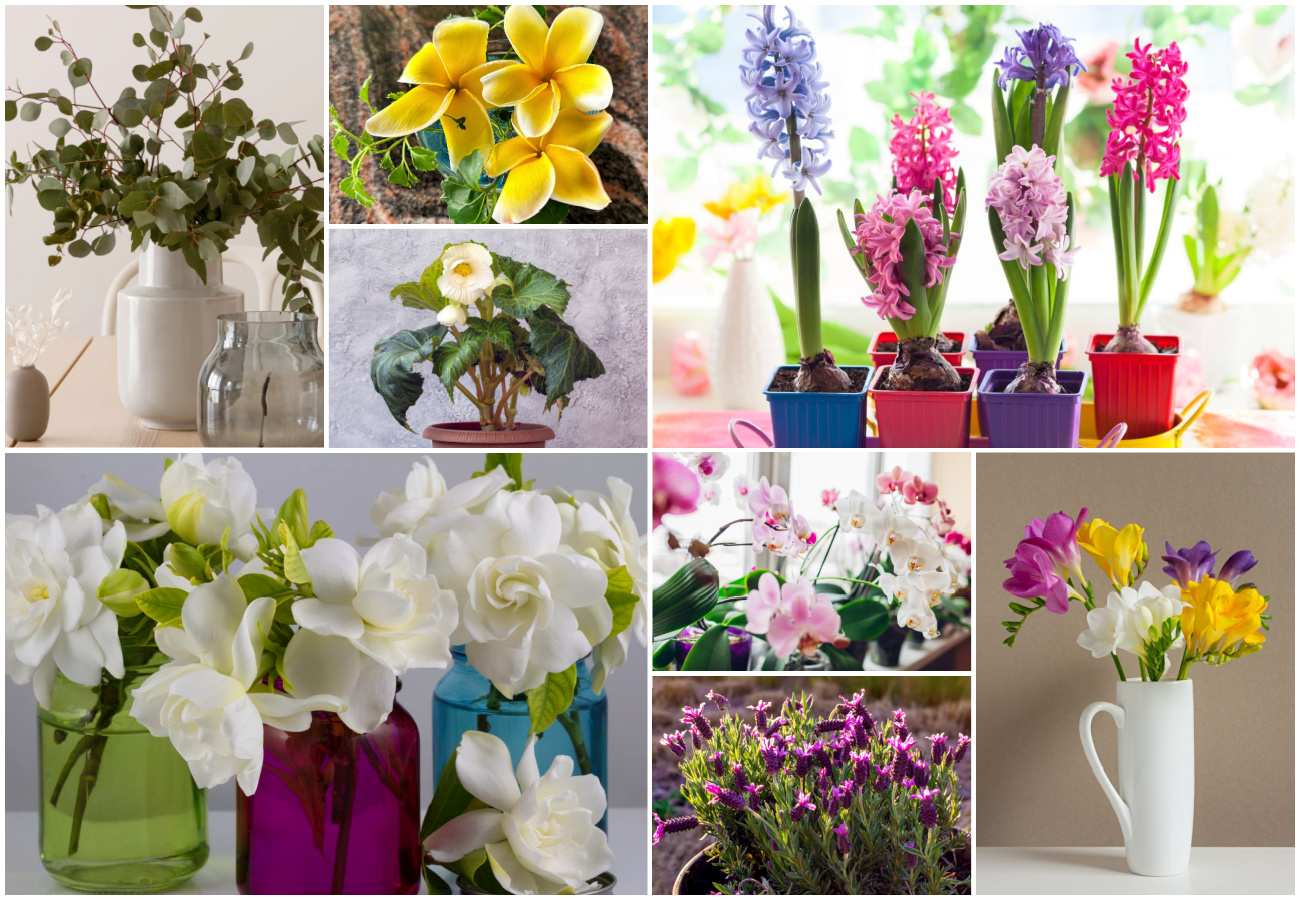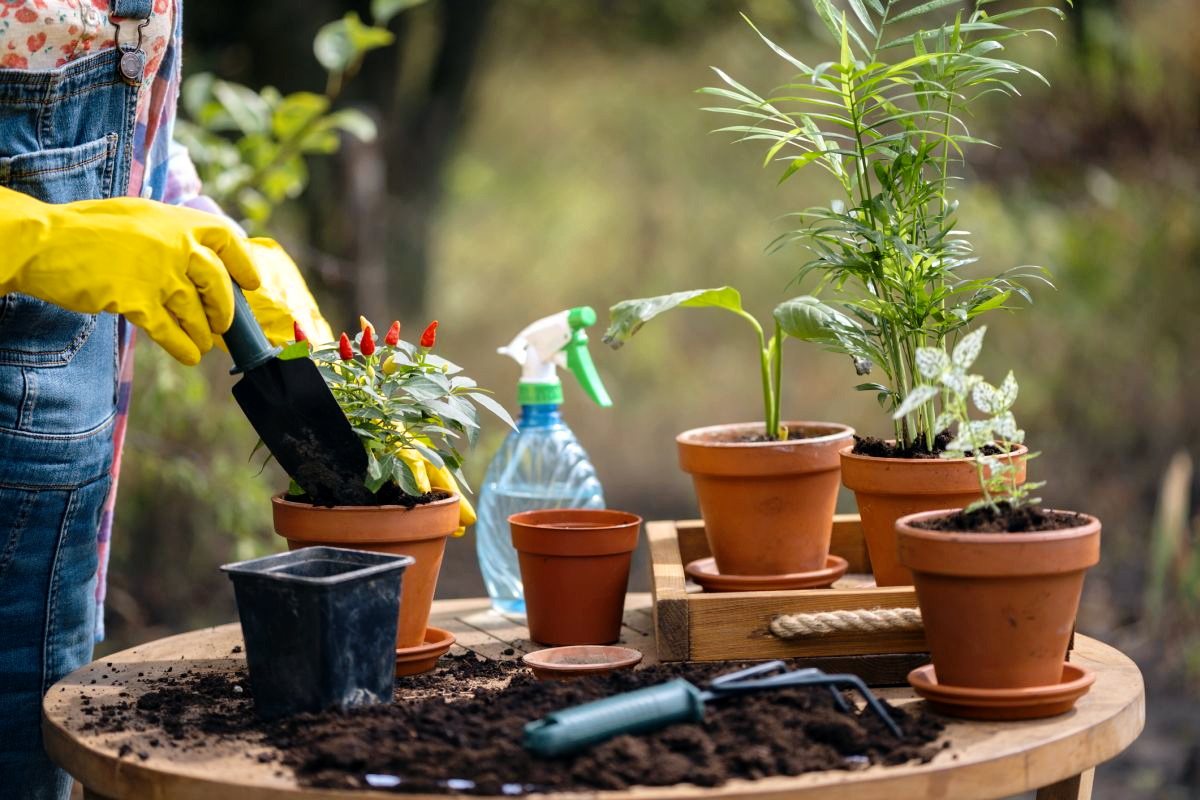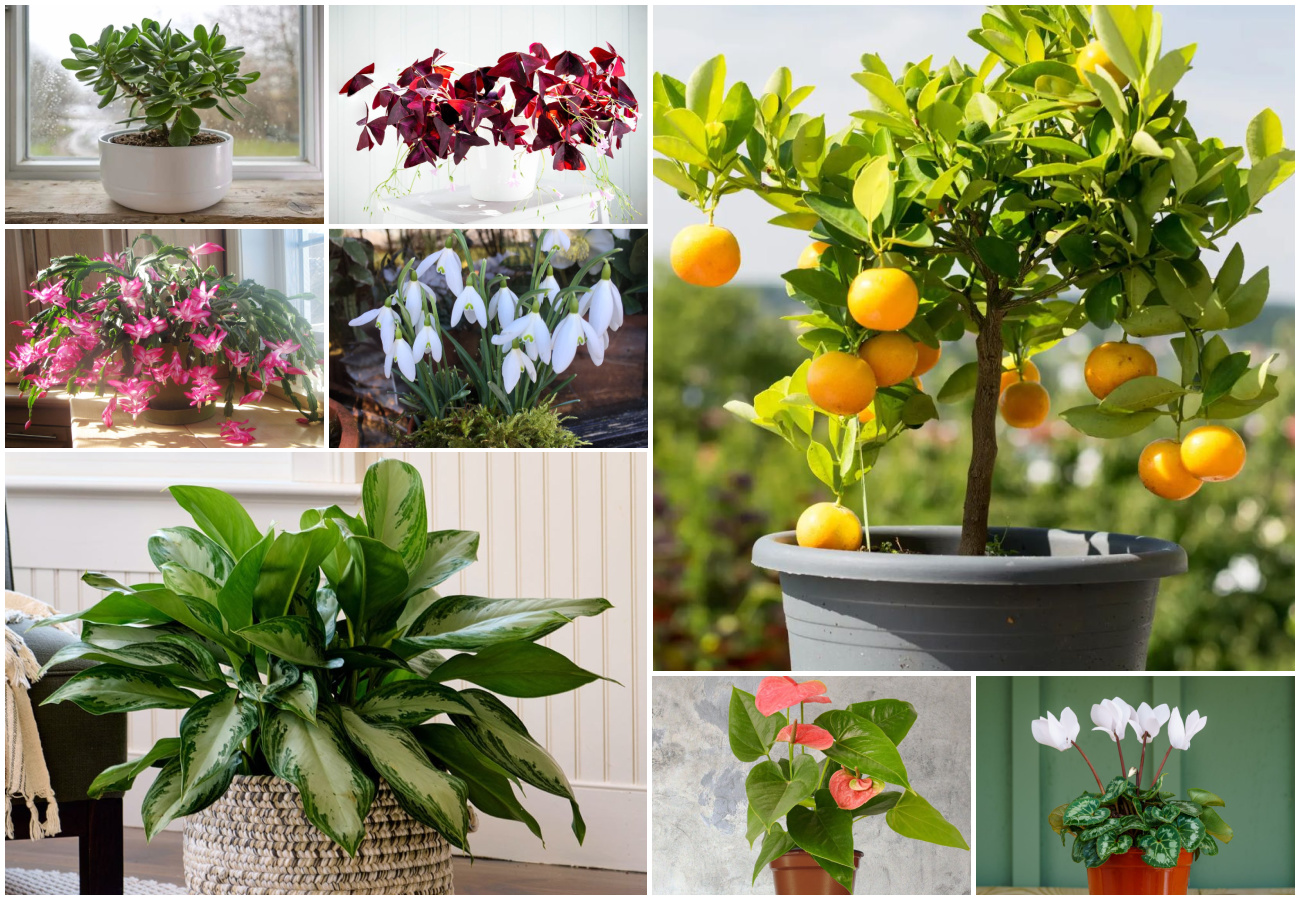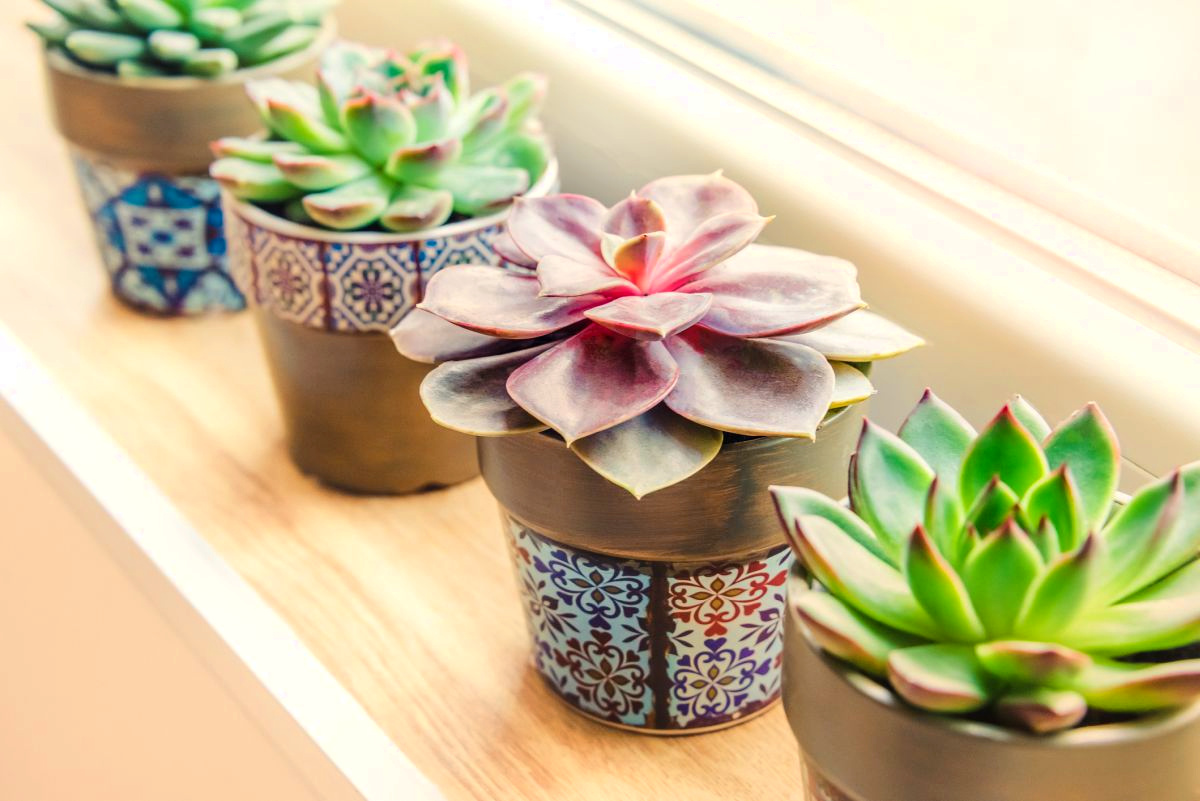Cilantro, also known as Coriander, is an annual herb. Growing Cilantro in pots, indoors, helps slow the plant’s growth. This is ideal as bolting is an issue with Cilantro, which becomes unusable once the herb flowers.

Cilantro Plant Appearance
Cilantro looks somewhat similar to parsley but with a unique flavor often found in Mexican cuisine. The stalks grow to a height of approximately 1 foot (30.4 cm). Before the plant goes to seed, it produces small, whitish-pink flowers. The presence of blooms changes the plant’s flavor, so it’s best to harvest regularly to prolong its growth period.
Growing Cilantro: Light Requirements
The Cilantro plant prefers bright, indirect sunlight from an East-facing window. Some morning sun is ideal, but avoid the intense sun of the afternoon. Too much heat encourages bolting.
Watering Your Cilantro
Growing Cilantro in pots requires regular watering to keep the soil consistently moist, but not soggy. Cilantro has deep roots, so water until the moisture runs through the pot’s drainage holes. Dispose of collected water in the saucer to keep the roots healthy.
Soil and Fertilizer Requirements
Provide a fast-draining, airy soil for your Cilantro plant. Potting soil, amended with perlite for drainage, works well. Fertilize the herb once per month with either a liquid, vegetable fertilizer or an organic houseplant fertilizer.
Temperature and Humidity
Growing Cilantro in pots gives you the option to move it into the correct temperatures year-round. As high heat causes bolting, keep the herb in temperatures around 70 degrees Fahrenheit ( 21 Celsius). Average household humidity is adequate.
Harvesting Cilantro
The plant is ready once the stalks are between 3 and 4 inches (7.6 to 10 cm) tall. Regular harvesting encourages fuller growth and slows bolting. Snip or pinch stalks below a leaf bunch to promote new leaves. Use Cilantro fresh whenever possible for best flavor. The herb will store in the fridge for one week, or chop the leaves and freeze them for longer storage.
Propagating Cilantro
Propagating Cilantro is easiest by the seeds the herb produces at the end of its life cycle. Snip stems with seeds attached and tie them together. Place the stems, top down, into a paper bag and hang upside down. The seeds will dry and fall off on their own in two to three days. Sow the seeds into a potting soil and cover lightly. Keep the soil moist and in moderately warm temperatures. Transplant the seedlings, once a few inches tall, into their own pot.
Common Pests and Diseases
Aphids are pests to watch for when growing Cilantro in pots indoors. The small, green insects will be visible on the plant, and will leave behind sticky honeydew as they feed on the herb. Deal with small infestations by spraying the plant with water to remove the pests. Larger infestations require treatment with products such as neem oil.
Bacterial leaf spot and powdery mildew are caused by excessive and prolonged moisture on the foliage. Avoid overhead watering and ensure the plant is not crowded in its pot. Remove any affected leaves and increase airflow to discourage a recurrence.
Cilantro does not last as long as some indoor herb plants, but its unique flavor makes it worth having on hand. It is also easy to grow new plants from seed, so growing Cilantro in pots year round is entirely possible.
Growing Cilantro FAQ
No, Cilantro is not toxic to cats and dogs.
Cilantro is a hardy herb that grows outdoors in USDA zones 3 to 11.
Repot your Cilantro only if it becomes crowded in its current pot and airflow is an issue. Replant the herb to a larger pot to maintain the plant’s health.
A few foods to use Cilantro in are Indian cuisine, Mexican dishes, chicken, salmon, and pork.
Parsley is higher in vitamins K, C, A, and folate than Cilantro. Cilantro is lower in calories. Both are an excellent source of antioxidants.





